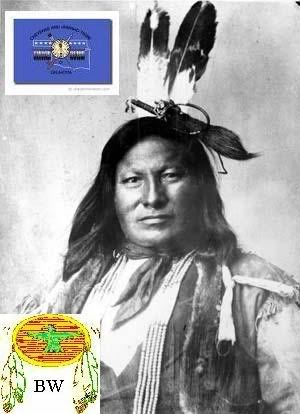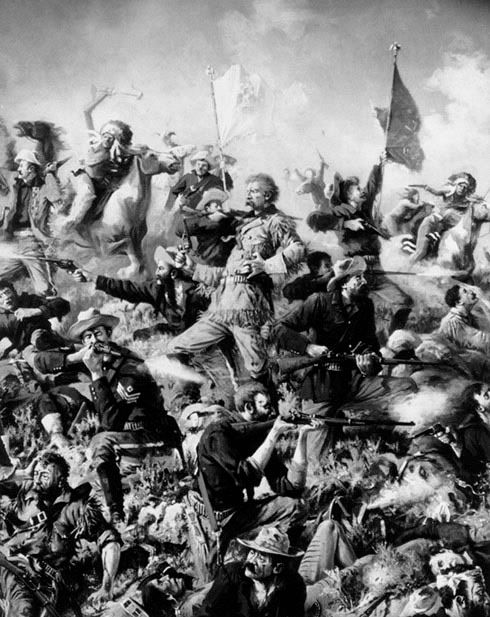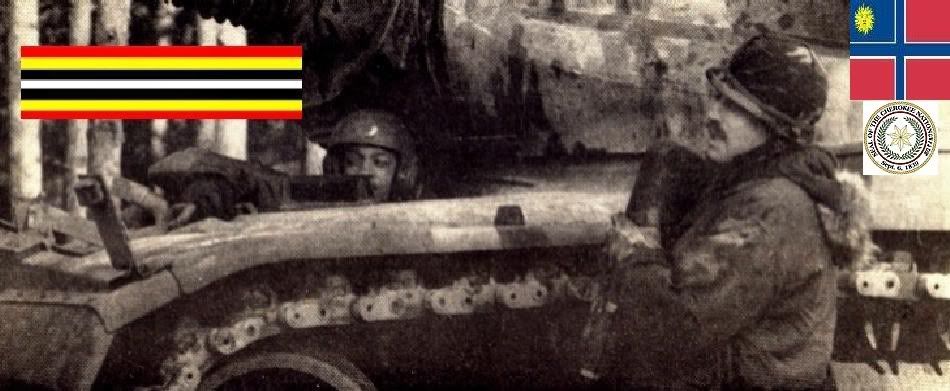|

Rain-In-The-Face
(1835-1905)
Warriors Citation
As with a number of other Northern Plains leaders who drew their names from natural phenomena, Rain-In-The-Face's name suffers
somewhat in translation. Actually, his Dakota name meant "His face is like a storm". In 1866, Rain-In-The-Face took part in
the destruction of a force led by Captain William Fetterman outside Fort Phil Kearny, Wyoming. During the years of Sioux resistance
to the opening of the Bozeman Trail, Rain-In-The-Face led a number of raids. He settled for a time at the Standing Rock Agency
but was accused of murdering a white man and jailed. A friendly guard freed Rain-In-The-Face, and he joined Sitting Bull,
after raiding several Union Pacific Railroad crews. Rain-In-The_face was one of several Lakota and Cheyenne military leaders
who defeated George Armstrong CUSTER's 7th Cavalry at Little Bighorn in 1876.

After the battle, some reports indicated that Rain-In-The-Face had killed CUSTER; this assertion was the central theme in
Henry Wadsworth Longfellow's poem "The Revenge of Rain-In-The-Face". Subsequent events, described by historian Stanley Vestal
indicate that WHITE BULL, not Rain-In-The-Face, took Custer's life. Rain-In-The-Face was badly wounded in the Custer battle
and walked with a limp the rest of his life. After joining Sitting Bull's exiles in Canada until 1880, Rain-In-The-Face surrendered
to General Nelson Miles at Fort Keough, Montana. Reservation life did not agree with Rain-In-The-Face. He was married seven
times, and his last wife was found with her throat cut. Rain-In-The-Face died at Standing Rock and was buried at Aberdeen,
South Dakota. From: historical accounts & records


LINK TO BRAVEHORSE WARRIORS VOLUME TWO
|

